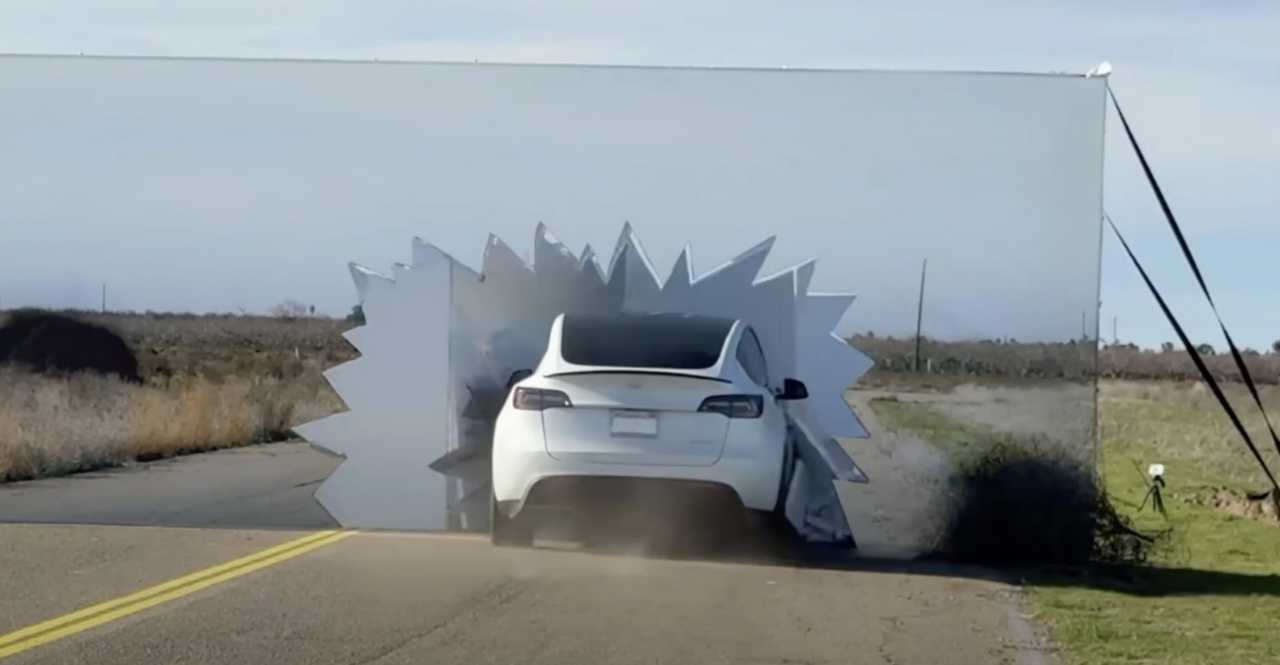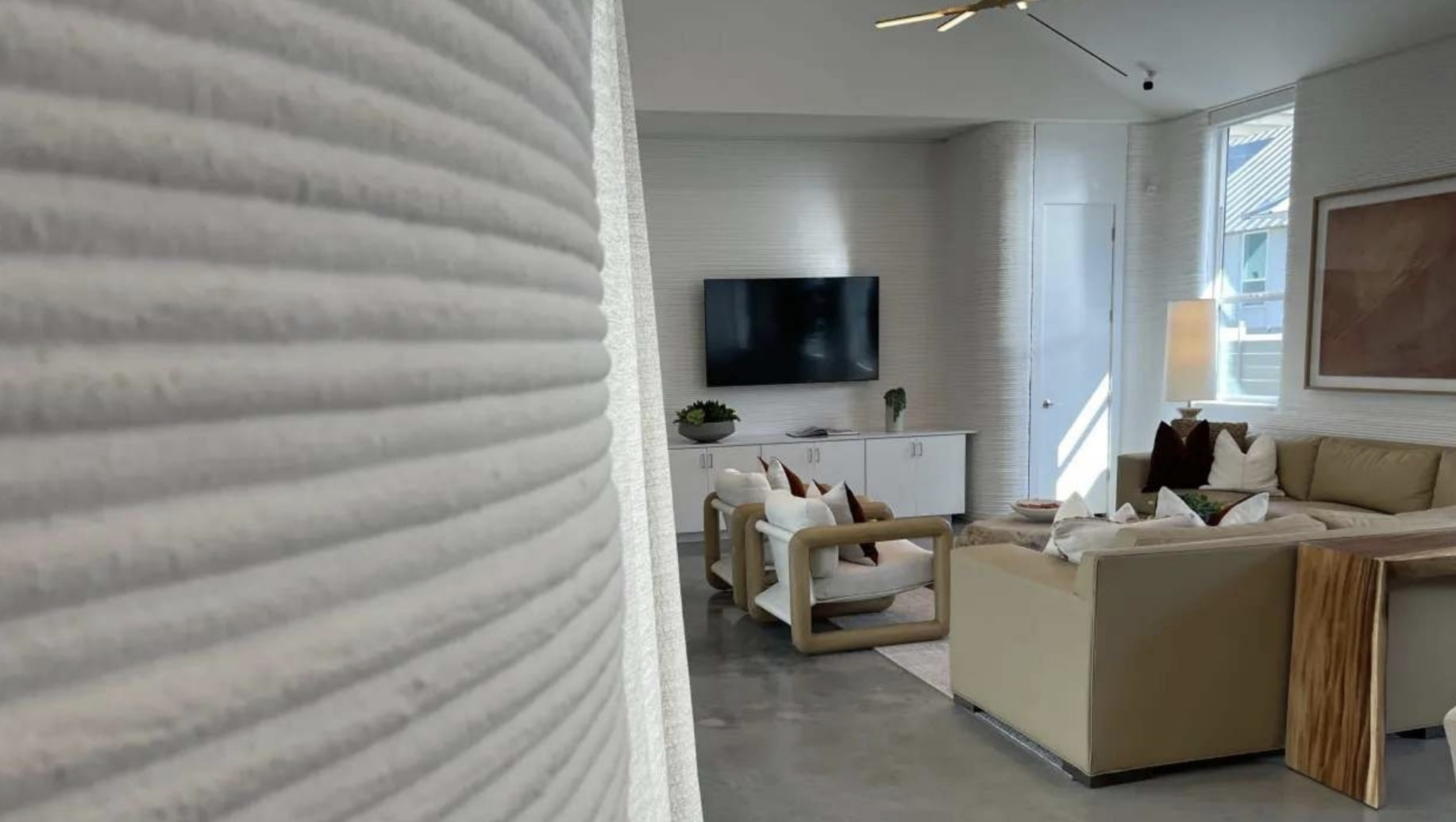The LiDAR vs. camera debate has been reignited

Image: YouTube
We might still be waiting for an Elon Musk cage match – but one of the Tesla CEO’s cars recently got into one of its own. In a video posted to YouTube this weekend, former NASA engineer Mark Rober documented a Tesla Model Y and LiDAR-equipped Lexus competing head-to-head in a series of tests.
Background: Tesla famously uses a camera-only approach for its driver-assistance and self-driving tech, with CEO Elon Musk once calling LiDAR "fricking stupid, expensive and unnecessary." Rivals like Waymo utilize a combination of cameras, sensors, and LiDAR – which stands for Light Detection and Ranging, a remote sensing method that uses a pulsed laser to measure and map objects – to operate vehicles autonomously.
More Wile E. Coyote than Road Runner
Rober’s tests involved placing obstacles – including a Wile E. Coyote-style styrofoam wall painted to look like what’s behind it – in the road, then simulating various conditions to see if the vehicles would sense the object ahead and successfully brake in time to avoid a collision.
- The LiDAR-equipped vehicle passed each of the six tests.
- Tesla’s camera-only Autopilot system passed just three, with its failures occurring in simulated rain and fog conditions, as well as the fake-road test, where it plowed through the wall like the Kool-Aid Man en-route to decapitating a kid-sized mannequin placed behind the obstacle.
Why just cameras? Tesla and some experts claim a camera-based approach is the only feasible way to build low-cost autonomous vehicles at scale, since LiDAR is expensive (as Musk pointed out earlier). Waymo’s Generation 5 self driving taxi has a sticker price of ~$200,000. And while the Generation 6 is estimated to be lower cost, it still uses 13 cameras, 4 lidar, and a plethora of other sensors.
Tesla also benefits from its fleet learning approach, where its millions of cars on the road capture and send data to company servers that can then be used to improve its systems.
But…While Waymo operates commercial robotaxi services in Phoenix, San Francisco, LA, and Austin, with planned services in Miami and Tokyo, Tesla has yet to achieve the same level of success. Its Autopilot and Full Self-Driving systems are classified as Level 2 Autonomous, meaning they can control steering, acceleration, and braking, but the driver must remain attentive and ready to take over at any time (for context, the highest is Level 5; Waymo has achieved Level 4).
Looking ahead: Autonomous driving is pivotal to the future of Tesla. The EV-maker, which has promised autonomous driving would come next year every year since 2019, says it’ll start production of its Cybercab robotaxi sometime in 2026.
Share this!
Recent Business & Markets stories

Business & Markets
| March 14, 2025Retailers are sounding the consumer alarm
💰 A slew of retailers in recent weeks have run over the telegraph to tap out “S-O-S.”

Business & Markets
| March 13, 2025America’s trade war has officially gone global
🌎 President Trump’s 25% tariff on all global steel and aluminum imports went into effect yesterday, in a move that prompted immediate trade retaliation by Canada and the EU. Or in other words, the global trade war is going pedal to the metal.

Business & Markets
| March 13, 2025The world’s largest 3D-printed housing community was just completed
🏘️ Lennar, the nation’s second-largest homebuilder, and 3D tech company Icon recently completed the world’s largest 3D-printed community, CNBC reports.
You've made it this far...
Let's make our relationship official, no 💍 or elaborate proposal required. Learn and stay entertained, for free.👇
All of our news is 100% free and you can unsubscribe anytime; the quiz takes ~10 seconds to complete